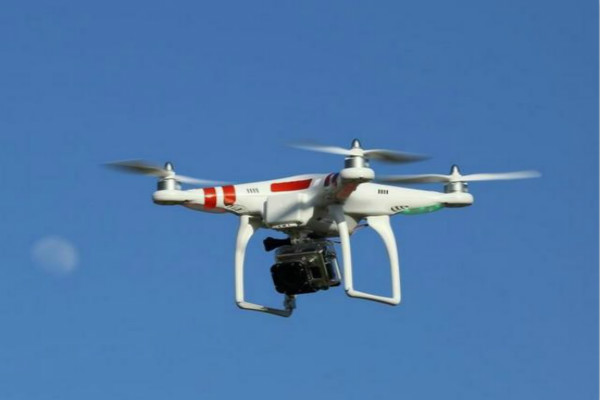
By Henry Hing Lee Chan
Drones Creating New Jobs
The recent news reports about drone schools in China support the view of many technophiles that the emerging technology is going to create new opportunities in the economy, including a new class of jobs. The recent appearance of new complementary technologies for drone flights in the areas of aeromechanics that allow for heavier payloads; better battery design that provide for longer air staying time; and microwave communications between the controller and the drone that allow for more precise operational controls on the ground have opened up many new commercial applications for hobbyist drones outside of their traditional photography or video-based surveillance functions. Amid so much talk of accelerating machine substitution over labor in the new technological age, the development is reassuring to technophiles and the technophobes alike.
There are more than 40 drone pilot training schools in China as of December 2015. They normally offer a two-week training program costing around RMB 8,000-10,000. The course teaches the students drone flying regulations and flying techniques using both simulators and real drones. The students will take China’s Civil Aviation Administration’s drone pilot license examinations upon graduation. Under current Chinese law, a drone pilot license is needed to operate drones that are heavier than 7 kg and fly higher than 120 meters.
China is the world's largest drone manufacturer and the industry has developed many new commercial applications for drones. Dajiang Innovation Science & Technology Company (DJI), the largest drone manufacturing company in the world, has just developed an aerial agriculture drone called Agras (Agriculture Aerial Spray) MG-1 to provide farmers with agricultural chemical aerial spraying. The company will train 10,000 technicians and set up 100 service centers to provide the supporting maintenance services. Similarly, State Grid has set up a fleet of aerial surveillance drones to monitor its nationwide high tension transmission lines, while government surveying departments are using drones for 3-D urban mapping. Even the police have developed tear-gas spraying models for crowd control
The bottleneck facing the industry at the moment is a shortage of qualified drone pilots. The industry estimates that there is an annual requirement for 10,000 pilots but there are currently only about 1000 license holders. The job prospects for drone pilots are good and their starting salary runs around RMB 5,000, which is higher than the average starting salary of many other professions. Many young kids are drawn to drone schools and China can probably solve the drone pilot shortage problem soon.
The Chinese government has recognized the potential game changing role of drones in a number of industries, including agriculture, logistics, film production, and law enforcement. It is drawing up nationwide drone flying regulations and devoting research resources to work out complementary technologies to support the potential commercial applications. The drone manufacturing industry is happy with the government initiative. An analogy is often drawn between drone pilots and car drivers, as both need systematic skills training and structured study to ensure everyone knows the rules before the real operation.



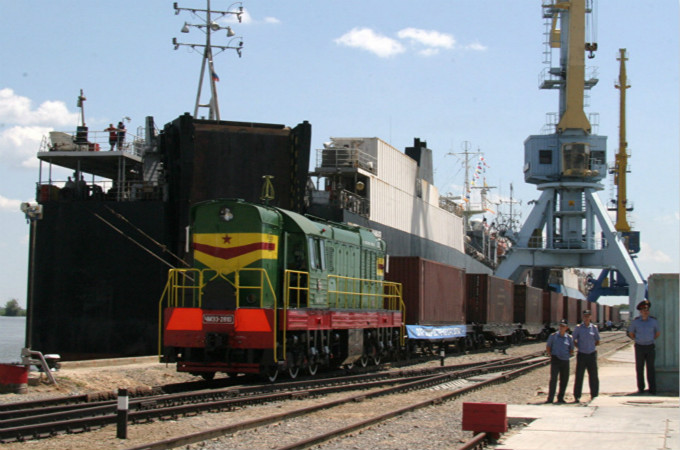

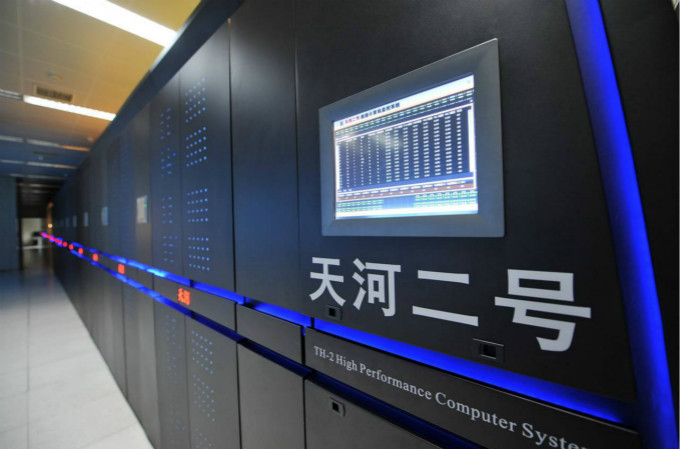
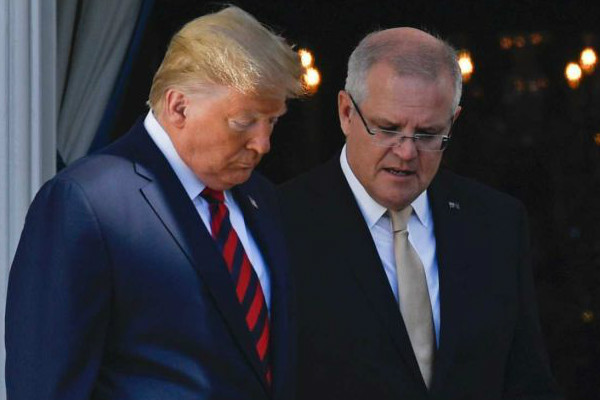


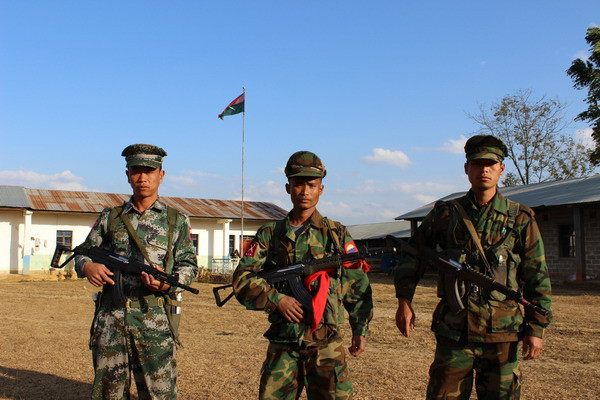








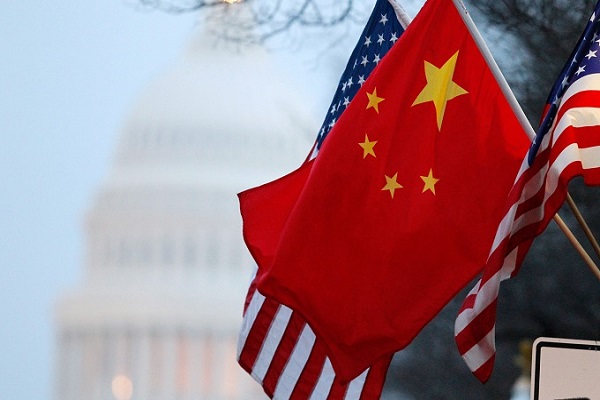


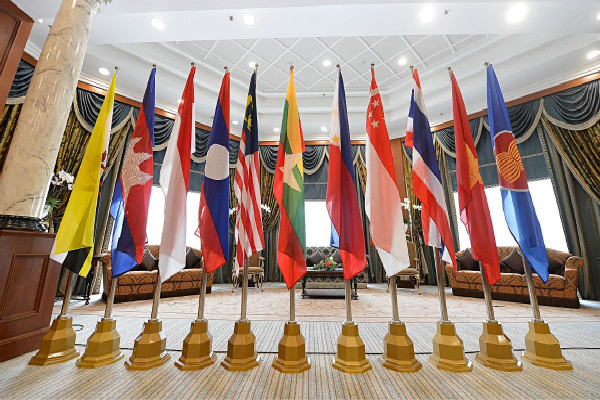
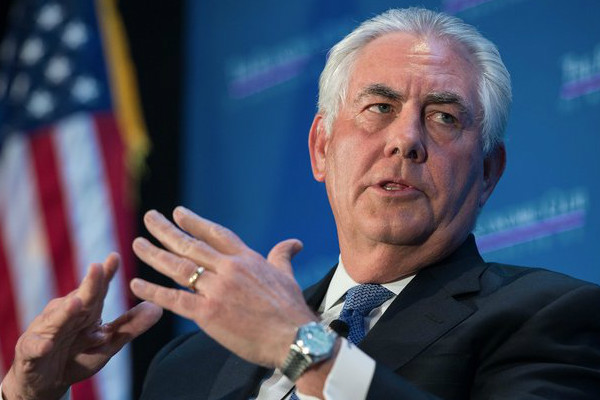

Leave a Reply
Your email address will not be published. Required fields are marked *